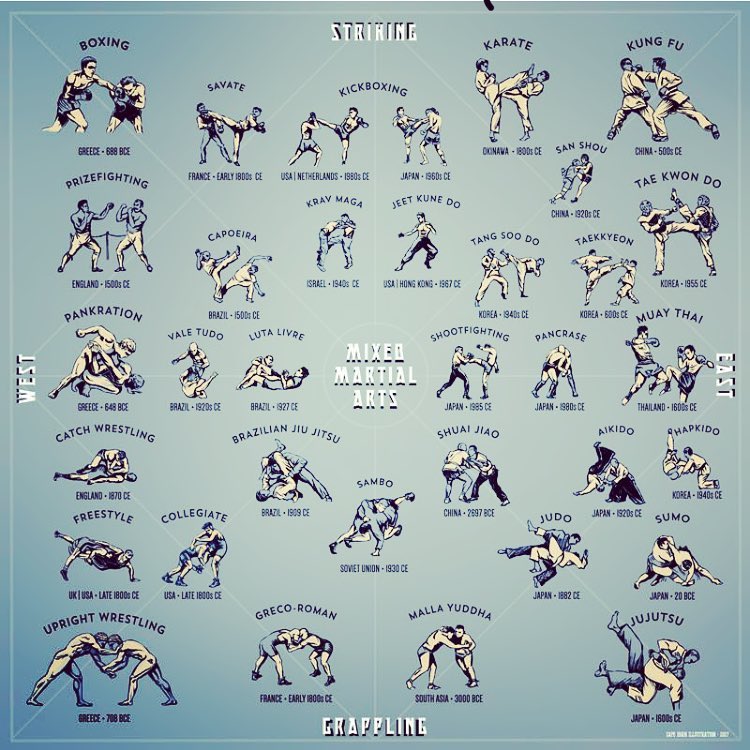The Growth And Historic Context Of Martial Arts Worldwide
The Growth And Historic Context Of Martial Arts Worldwide
Blog Article
Post Created By- Go At this site have a remarkable background that covers centuries and continents. You could find it intriguing exactly how ancient techniques like Shuai Jiao and Kalaripayattu laid the groundwork for modern-day battle methods. These disciplines not only highlight physical abilities yet likewise reflect the cultures that birthed them. As is martial arts good for a 4 year old discover their evolution, think about how globalization has changed these traditional types into crossbreed styles. What impacts do you assume have formed today's martial arts landscape?
Ancient Martial arts: The Structures of Fight
As you look into the globe of ancient martial arts, you'll discover the abundant foundations that shaped fight techniques across cultures. Early practices concentrated on Self-Defense and survival, frequently incorporating strikes, grappling, and weapons.
In old China, as an example, methods like Shuai Jiao emphasized throws and joint locks, while India's Kalaripayattu showcased dexterity and fluid activity. Japanese samurai established Kenjutsu, a refined swordsmanship that highlighted technique and approach.
These martial arts offered not just for battle yet also as a way of personal growth, instilling worths like respect and perseverance. The mixing of these techniques over time laid the groundwork for the diverse martial arts you see today, each mirroring the one-of-a-kind approaches and needs of its culture.
The Cultural Influence on Martial Arts Growth
While martial arts often reflect the practical demands of a society, they additionally personify the social worths and ideas of their beginnings. When you explore various martial arts, you'll discover just how they're influenced by faith, approach, and social standards.
For example, the emphasis on regard and self-control in Japanese martial arts originates from Zen Buddhism and samurai culture. In contrast, Brazilian Jiu-Jitsu promotes versatility and technique, formed by the demand for efficiency in a varied, modern environment.
You may locate that the routines, uniforms, and training approaches reflect a neighborhood's history and identification. By understanding these social influences, you grow your appreciation of martial arts and their function in shaping human experiences around the world.
Modern Adaptations and the Globalization of Martial arts
Martial arts have actually changed significantly in recent decades, adjusting to modern culture and worldwide influences. https://nypost.com/2023/06/28/8-year-old-beaten-to-death-by-martial-arts-instructor/ 'll see that conventional types have combined with modern-day strategies, creating hybrid styles like MMA. These adjustments satisfy diverse target markets, making martial arts accessible and enticing globally.
With the increase of social networks and electronic platforms, you can find tutorials and competitors from all corners of the world, breaking geographical obstacles. This globalization has caused a shared gratitude for various disciplines, from Brazilian Jiu-Jitsu to Taekwondo.
As you engage with these arts, you'll understand they're not almost battle; they promote fitness, technique, and psychological well-being.
Ultimately, modern adaptations have actually enhanced the martial arts landscape, making it a dynamic and progressing method.
Final thought
In checking out the background and development of martial arts, you discover a remarkable blend of methods, cultures, and approaches. From ancient self-controls like Shuai Jiao and Kalaripayattu to the contemporary adaptability seen in MMA, martial arts mirror humanity's mission for Self-Defense and individual development. As you engage with these techniques, you not just acquire skills but likewise a much deeper recognition for the diverse practices that shape our globe today. So, continue your journey and embrace the art of battle!
